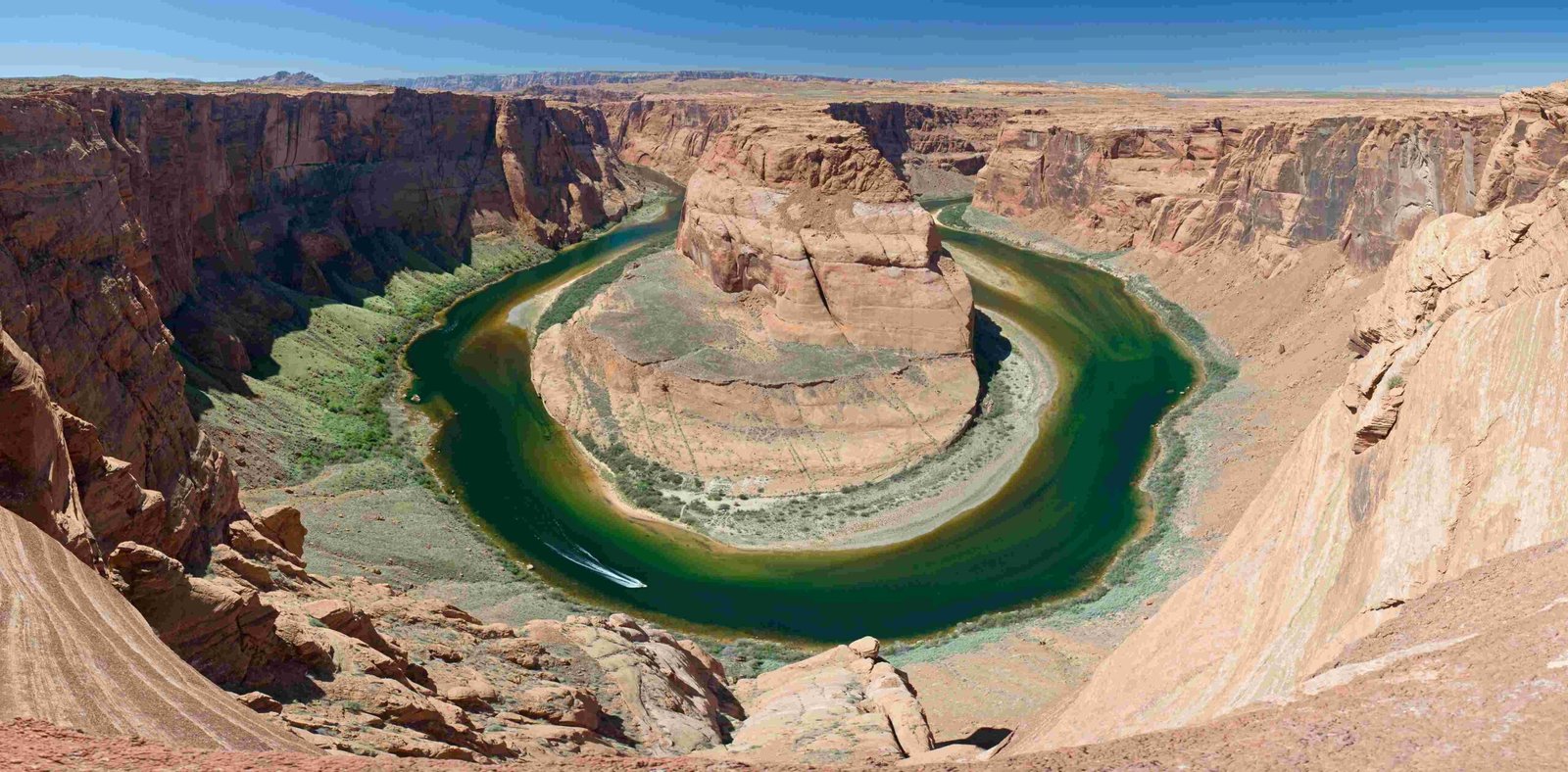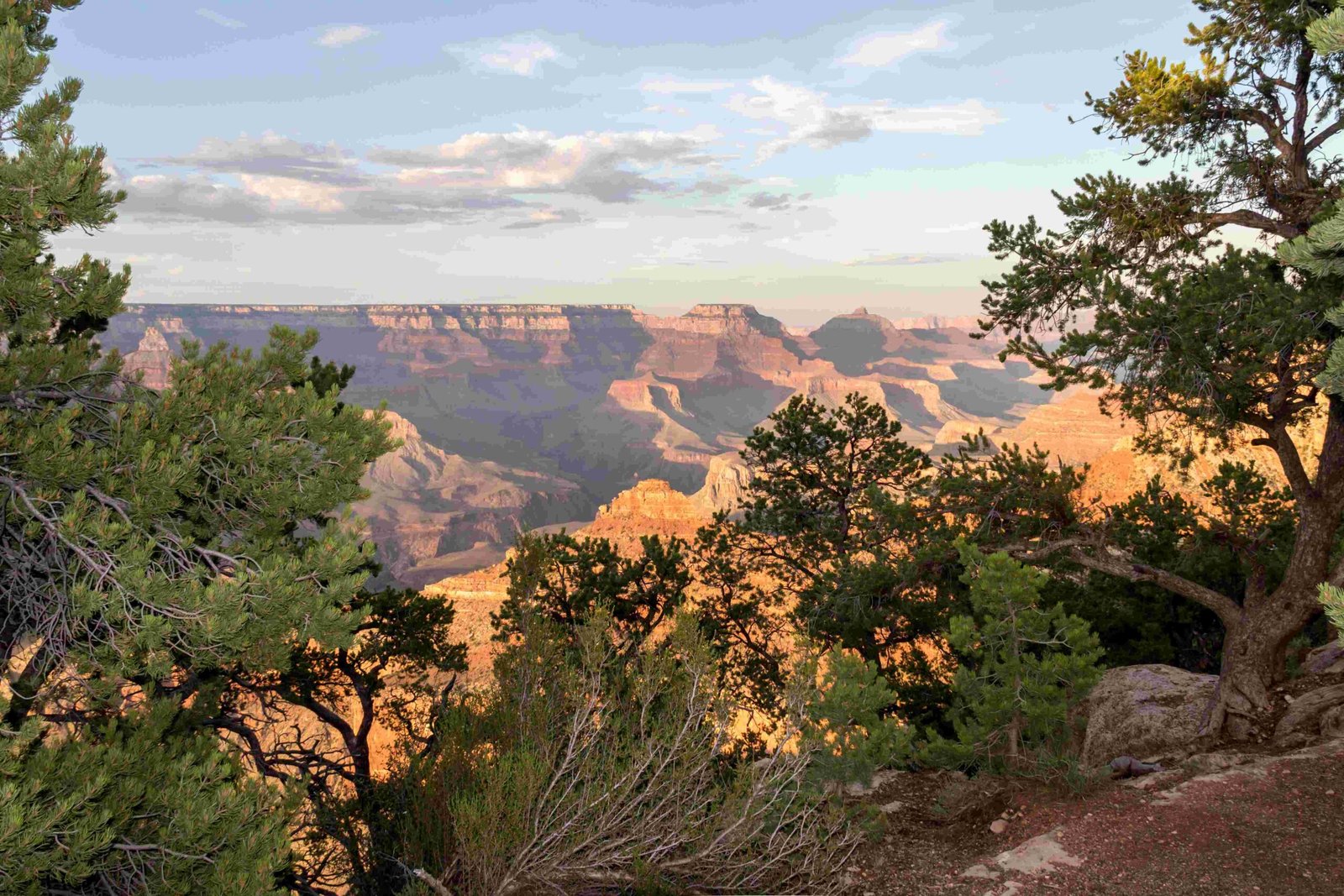The Grand Canyon represents a geological marvel spanning approximately 277 miles, featuring multiple distinct areas that offer breathtaking landscapes, diverse ecosystems, and extraordinary geological formations. From the iconic South Rim’s panoramic viewpoints to the remote North Rim’s challenging trails and the Colorado River’s adventurous rafting routes, each region presents unique experiences for explorers and nature enthusiasts.
What Makes the Grand Canyon’s Different Areas Unique?

The Grand Canyon’s diverse regions can be categorized into several primary zones, each offering distinctive characteristics and visitor experiences:
South Rim: Panoramic Viewpoints and Accessibility
The South Rim represents the most accessible and popular region of the Grand Canyon, featuring numerous spectacular viewpoints:
| Viewpoint | Elevation | Key Features |
|---|---|---|
| Mather Point | 7,000 feet | Sweeping canyon views, visitor center proximity |
| Yavapai Point | 7,000 feet | Geological displays, panoramic vistas |
| Desert View Watchtower | 7,400 feet | Historic 70-foot tower, expansive landscape views |
Top Viewpoint Highlights
- Stunning 60-mile visibility on clear days
- Multiple geological formations
- Accessible via shuttle routes
- Varied elevation perspectives
North Rim: Remote Wilderness and Challenging Trails
The North Rim offers a more secluded and challenging Grand Canyon experience:
- North Kaibab Trail
- 14-mile route to Phantom Ranch
- Elevation change from 8,200 to 2,400 feet
-
Strenuous hiking conditions
-
Ken Patrick Trail
- 10-mile scenic rim trail
- Moderate difficulty
- Forest and canyon views
Colorado River Routes: Adventurous Water Expeditions
Rafting routes provide a unique canyon perspective:
- Full Canyon Trip: 277 miles, 14-16 days
- Upper Canyon Trip: 88 miles, 4-6 days
- Lower Canyon Trip: 189 miles, 7-10 days
Geological Zones and Landscape Diversity
The Grand Canyon encompasses multiple geological zones:
- Vishnu Basement Rocks: Oldest rock layers, nearly 2 billion years old
- Limestone Formations: Representing ancient marine environments
- Colorful Sedimentary Layers: Revealing millions of years of geological history
Practical Visitor Recommendations

Best Times to Explore Different Areas
- South Rim: Year-round accessibility
- North Rim: Limited access (May to October)
- River Routes: April to October
Essential Preparation Tips
- Carry sufficient water
- Check weather conditions
- Obtain necessary permits
- Use appropriate hiking/rafting gear
Conservation and Respect
When exploring different areas of the Grand Canyon, visitors should:
– Follow Leave No Trace principles
– Stay on designated trails
– Respect wildlife habitats
– Support conservation efforts
Conclusion
The Grand Canyon’s diverse areas offer unparalleled opportunities for exploration, scientific study, and personal discovery. Each region presents unique challenges and rewards for adventurers willing to experience this extraordinary landscape.

